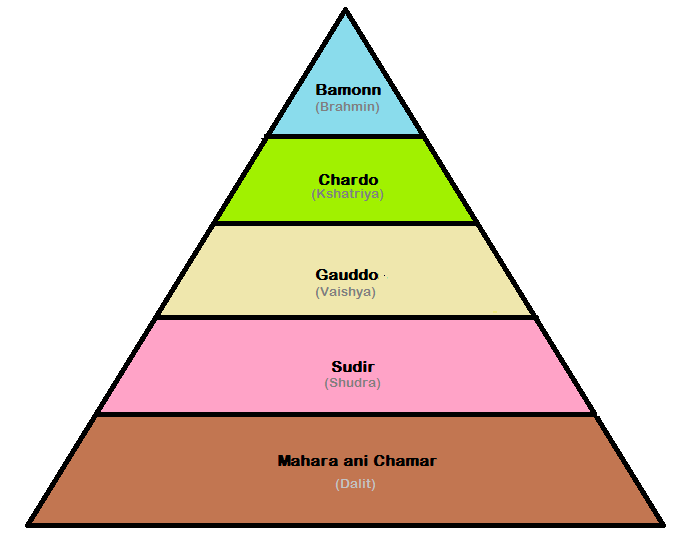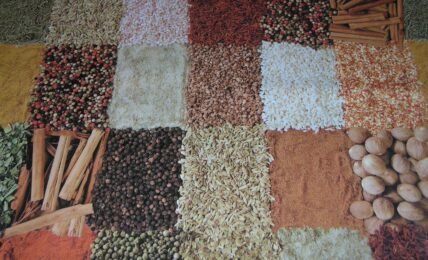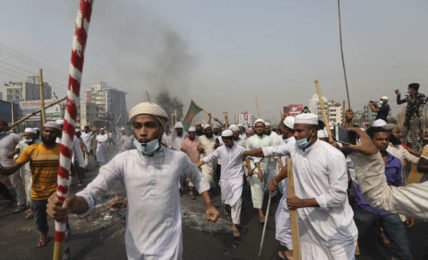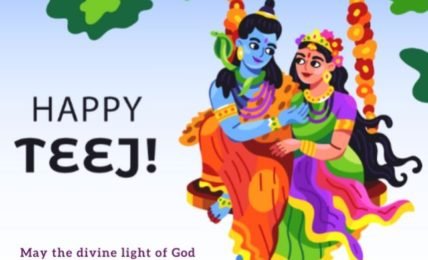Indian Caste Narrative – Sifting Fact from fiction
When the Europeans tried to make sense of Indian caste system, they have a model readily available - the Sistema de Casta. It was almost identical fit but not an exact fit...The vilification of caste system(which is regularly confused with caste hierarchy) is main stream now. Any evil India faces is a result of caste system. But, there are some fundamental questions which need to be addressed before trashing it as something abhorrent to human nature.






